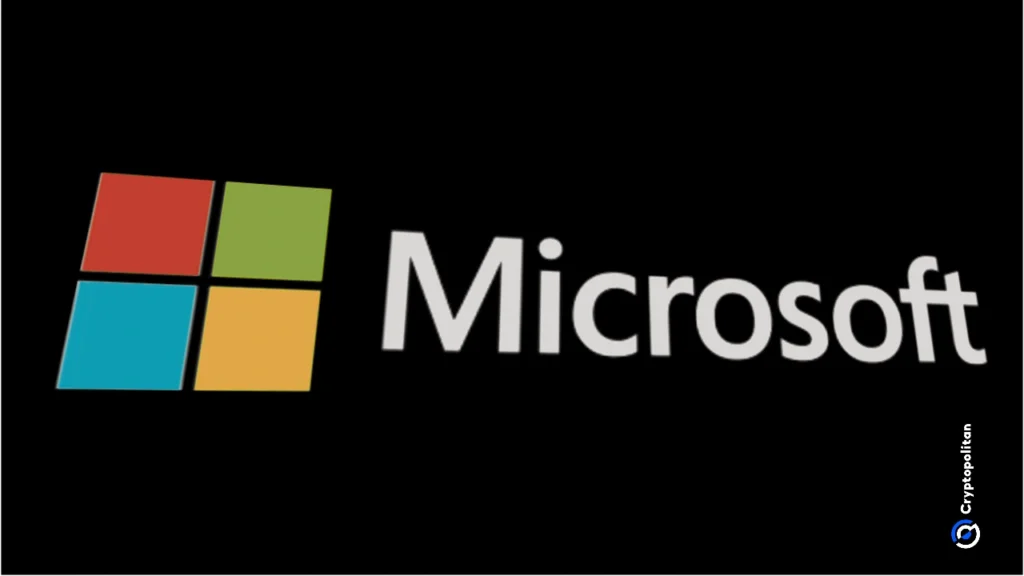Microsoft’s recent decision to allow business users to choose between OpenAI and Anthropic models in its Copilot AI assistant represents a significant shift in the landscape of workplace automation. This strategic move marks the first time Microsoft has directly integrated Anthropic’s advanced AI models, expanding the capabilities of its Microsoft 365 Copilot and Copilot Studio. Until now, these tools relied exclusively on OpenAI’s technology, particularly GPT-4, which has been a robust fixture in AI-driven productivity solutions.
The inclusion of Anthropic’s Claude Opus 4.1 and Claude Sonnet 4 amplifies the functionality of Microsoft’s AI suite, with each model tailored for different use cases. Claude Opus is designed for tasks requiring in-depth reasoning, making it suitable for the Researcher tool within Copilot. On the other hand, Claude Sonnet provides a faster, lightweight alternative, ideal for businesses seeking efficiency without sacrificing performance. This model choice allows organizations to select the AI solution that best aligns with their specific needs, thereby enhancing operational flexibility and efficiency.
While the focus on providing options is strategic, it also reflects a growing trend among tech giants to foster versatility in their service offerings. A diverse toolkit caters to varied business requirements, from simple automation processes to complex analytical tasks that demand cognitive finesse. This is especially relevant as the AI landscape becomes increasingly crowded, with Amazon, Google, and other industry players vying for dominance. The trend of offering multiple AI models aligns with the broader industrial objective of optimizing cloud resources, enhancing predictive capabilities, and driving personalized user experiences.
Microsoft’s long-standing partnership with OpenAI, underscored by extensive financial investment and cloud service support, has proven advantageous. However, the introduction of Anthropic’s models raises questions about the ongoing dynamics of this partnership. As Microsoft expands its AI toolkit, it emphasizes the importance of choice and adaptability. For organizations, this shift highlights a pivotal consideration: which model yields the highest return on investment (ROI)?
OpenAI has firmly established itself as a leader in AI applications, supported by extensive research and consistent updates. Its models, including those integrated into Microsoft products, are engineered to handle a broad array of tasks with impressive accuracy and speed. However, users may encounter limitations in certain complex problem-solving scenarios. This is where Anthropic presents a compelling alternative. Claude’s specific design for nuanced reasoning allows for deeper engagement in intellectual tasks that often escape simpler models. Businesses may thus find that investing in both systems enables them to capitalize on the strengths of each, ultimately leading to greater scalability and enhanced operational capacity.
Cost comparisons between these providers also merit careful analysis. OpenAI’s licensing models may involve considerable investment, particularly for those requiring deep integration or high-volume usage. Meanwhile, Anthropic’s offerings could provide a more economical option, particularly for organizations that do not yet require the full breadth of GPT-4’s capabilities. As these technology costs evolve amidst competitive pressures, organizations will need to assess how these expenses weigh against potential performance benefits, factoring in their specific operational demands.
The scalability of these tools is a paramount consideration for small to mid-sized business (SMB) leaders and automation specialists. With an increasing reliance on AI for diversified tasks such as customer support, data analysis, and creative content generation, the ability to seamlessly scale these technologies will be crucial. OpenAI’s established infrastructure provides a standard model for integration; however, Anthropic’s flexible applications may present faster deployment options in specific use cases. Businesses will benefit from evaluating how each model scales with their growth trajectories and operational complexities, ensuring that technology investments align with long-term strategic goals.
In summary, Microsoft’s decision to incorporate Anthropic’s AI models into its Copilot offerings fosters a more diverse AI ecosystem, providing users with choices that reflect their unique operational needs. The awareness of model strengths, weaknesses, cost implications, and scalability will enable organizations to craft tailored strategies that optimize their AI usages.
FlowMind AI Insight: The evolving AI landscape presents an opportunity for businesses to rethink their automation strategies. By leveraging the strengths of multiple AI models, organizations can enhance productivity while reducing dependency on a single technology provider, thus ensuring a competitive edge in a rapidly changing market.
Original article: Read here
2025-09-24 20:10:00

